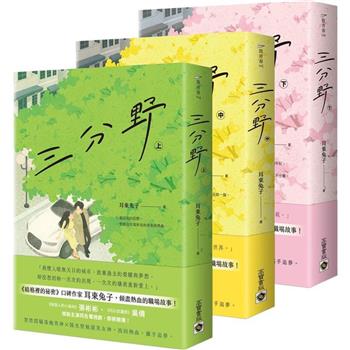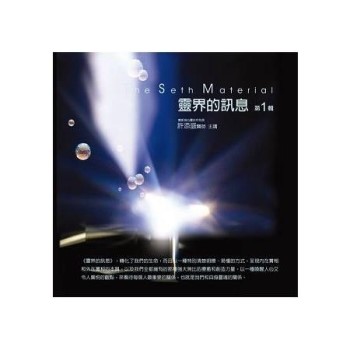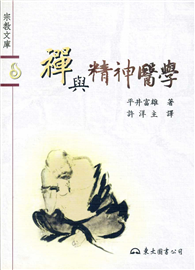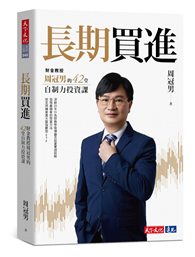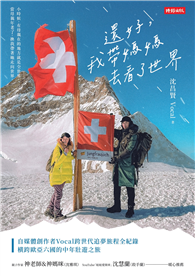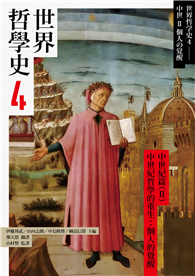Ruskin ties his aesthetic theories to real-world issues in The Two Paths. The main tenet of Ruskin’s theories of art was that while corrupt and despondent people, who work in unjust societies and rely on the tools of the industrial age, produce inferior art, contented people, who work in just societies and strive to capture the essence of nature, produce fine and noble art. Theoretical methods used by critics like Walter Benjamin, Theodor Adorno, and Max Horkheimer are anticipated and complemented by Ruskin’s articles.This Prospects in Visual Rhetoric Critical Edition, the only version of The Two Paths currently in print, offers a rethinking of the rhetorical tradition from a visual standpoint. The introductions and annotations were created to encourage critical debates on Ruskin’s artistic ideas, his activism for social reform, his use of visual rhetoric, and the political and historical settings in which his works were produced.
| FindBook |
有 1 項符合
The Two Paths的圖書 |
 |
The Two Paths 作者:Ruskin 出版社:Double 9 Booksllp 出版日期:2022-04-22 語言:英文 規格:平裝 / 146頁 / 22.86 x 15.24 x 0.86 cm / 普通級/ 初版 |
| 圖書館借閱 |
| 國家圖書館 | 全國圖書書目資訊網 | 國立公共資訊圖書館 | 電子書服務平台 | MetaCat 跨館整合查詢 |
| 臺北市立圖書館 | 新北市立圖書館 | 基隆市公共圖書館 | 桃園市立圖書館 | 新竹縣公共圖書館 |
| 苗栗縣立圖書館 | 臺中市立圖書館 | 彰化縣公共圖書館 | 南投縣文化局 | 雲林縣公共圖書館 |
| 嘉義縣圖書館 | 臺南市立圖書館 | 高雄市立圖書館 | 屏東縣公共圖書館 | 宜蘭縣公共圖書館 |
| 花蓮縣文化局 | 臺東縣文化處 |
|
|
圖書介紹 - 資料來源:博客來 評分:
圖書名稱:The Two Paths
|


